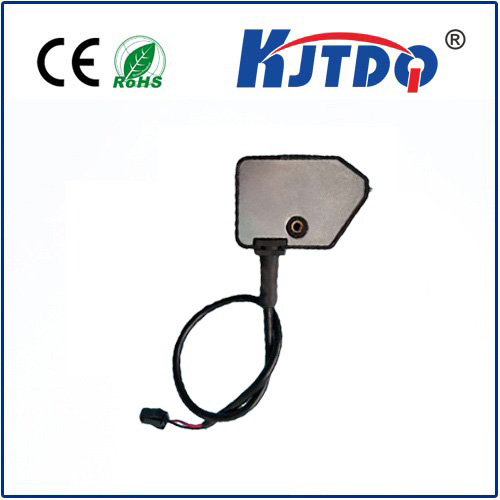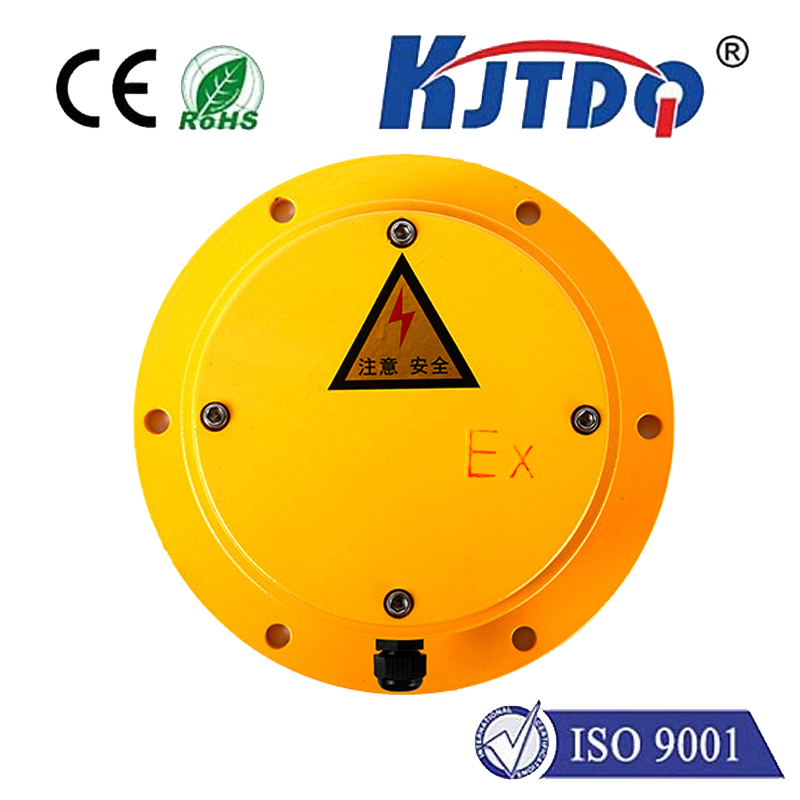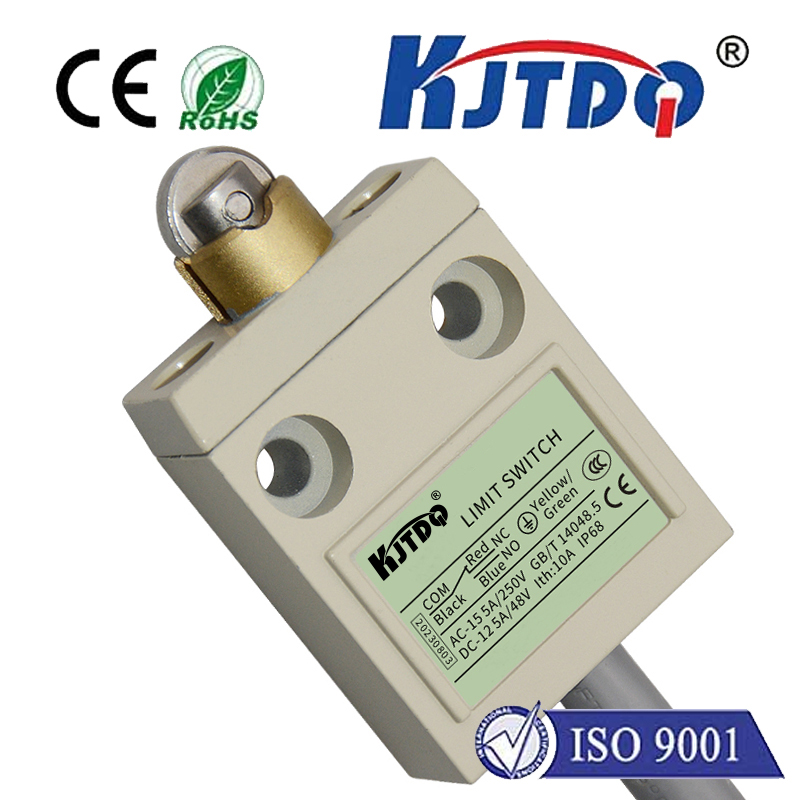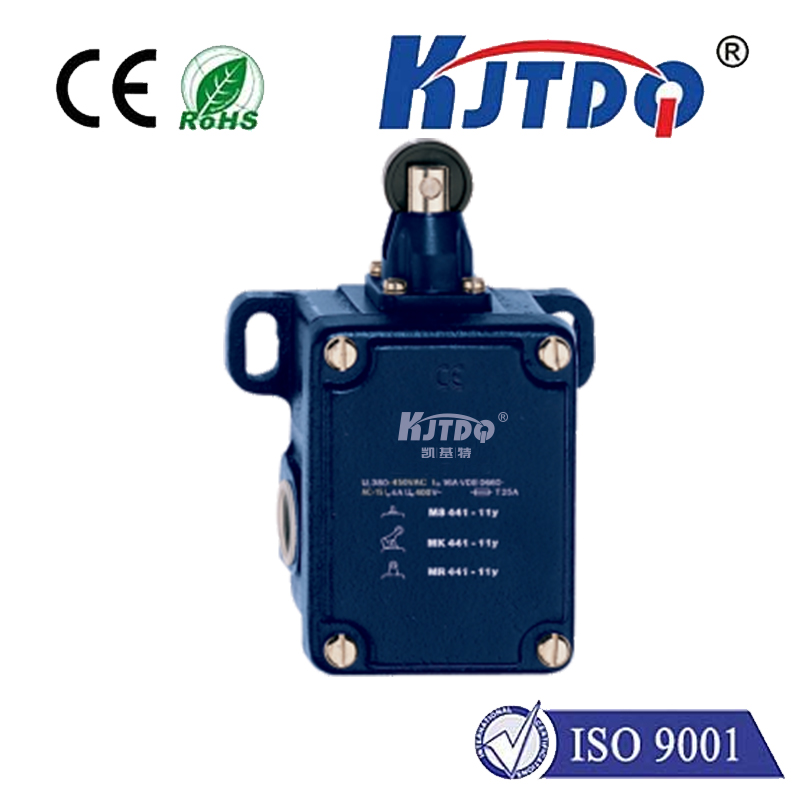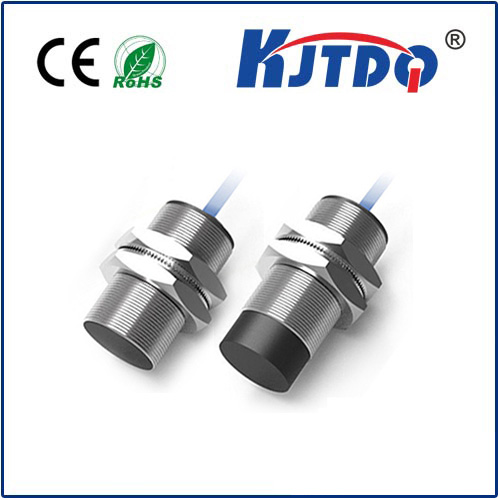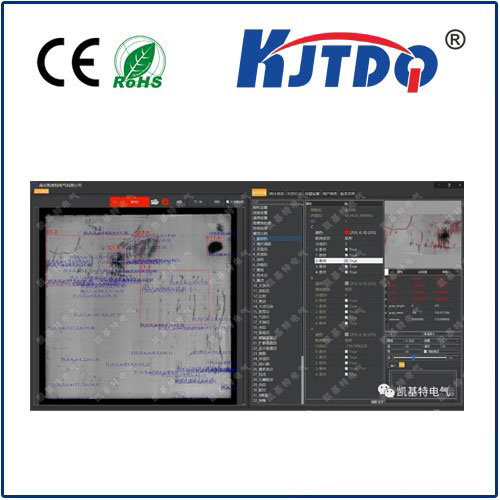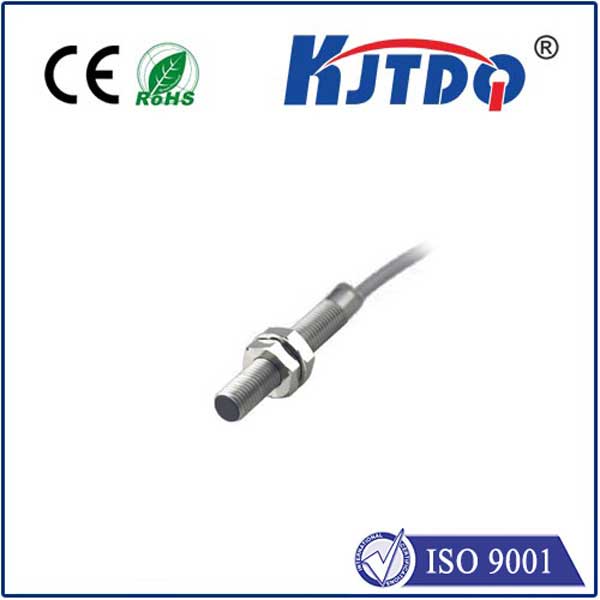
check

check

check

check

check

check

check

check

check

check
Introduction:
The sensor capacitive proximity technology has revolutionized the way various industries operate by providing efficient and accurate measurements. This innovative technology utilizes capacitance to detect and measure the distance between two objects, thereby eliminating the need for physical contact. In this article, we will delve into the concept of sensor capacitive proximity, its working principle, applications, and benefits in different industries.
Section 1: The Working Principles of Sensor Capacitive Proximity
Sensor capacitive proximity works on the principle of capacitance. Capacitance is a measure of the storage capacity of an electric charge. When two objects are brought close to each other, they create an electric field that causes charges to build up on their surfaces. This buildup of charges results in a difference in capacitance between the two objects, which can be measured using an external device such as a microchip or programmable logic controller (PLC).
Section 2: Applications of Sensor Capacitive Proximity
The sensor capacitive proximity technology finds extensive use in various fields, including industrial automation, robotics, medical devices, automotive industry, and more. Some of the prominent applications include:
1. Industrial Automation: Sensor capacitive proximity is commonly used in industrial automation systems to monitor and control the movement of machines and equipment. It helps in ensuring proper maintenance, preventing damage, and reducing downtime.
2. Robotics: Robots equipped with sensor capacitive proximity can navigate through complex environments without physical contact with obstacles. This technology enables robots to perform tasks safely and efficiently while avoiding potential hazards.
3. Medical Devices: Sensor capacitive proximity plays a crucial role in medical devices such as blood pressure monitors, heart rate monitors, and insulin pumps. It ensures accurate readings and reduces the risk of contamination during handling.
4. Automotive Industry: In the automotive industry, sensor capacitive proximity is used for various functions like parking assistance, blind spot monitoring, and collision detection. This technology enhances safety and convenience for drivers and passengers.
Section 3: Benefits of Sensor Capacitive Proximity Technology
The sensor capacitive proximity technology offers several benefits over traditional methods of measurement, including:
1. Non-Contact Measurements: This technology eliminates the need for physical contact between objects, making it suitable for use in environments where hygiene and cleanliness are critical.
2. Accurate Measurements: The sensor capacitive proximity technology provides highly accurate measurements due to its ability to detect even minor changes in capacitance between objects.
3. Easy to Install and Maintenance: The sensors can be easily installed on various surfaces, and their maintenance requirements are minimal compared to other types of sensors.
4. Scalability and Flexibility: The sensor capacitive proximity technology can be scaled according to the specific requirements of different industries and applications, making it highly flexible.
Conclusion:
In conclusion, sensor capacitive proximity technology has transformed various industries by providing efficient and accurate measurements without requiring physical contact. Its non-contact nature, accuracy, ease of installation and maintenance, and scalability make it a valuable addition to numerous applications. As research in this field continues to advance, we can expect further improvements in this technology's capabilities, leading to even more widespread adoption in different industries worldwide.
